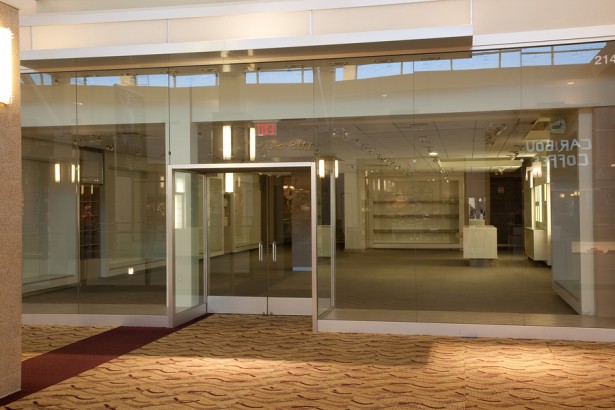Canadian consumers were extra cautious this holiday season as retail sales took a dive in the month of December, even with tumbling gasoline prices that provided consumers with a little bit of extra money in their pocket.
According to a new report from Statistics Canada, retail sales dipped two percent to $42.1 billion in December, an important month for retailers that want to generate bigger revenues for the busy Christmas shopping season. This also turned out to be the largest one-month drop since Apr. 2010.
When it comes to just looking at volumes, retail sales took a dive of 1.3 percent.
It wasn’t just one or two retail subsectors that experienced a decline. Instead, nine of the 11 subsectors, which accounts for nearly three-quarters (71 percent) of retail trade, reported a drop in sales, excluding motor vehicles and parts.

Sales at clothing and clothing accessories stores lowered 5.6 percent, while shoe stores saw a 9.4 percent decrease in sales.
The biggest increase came from a one percent jump at food and beverage establishments. This area of the economy witnessed higher sales at beer, wine and liquor stores, convenience outfits and food outlets.
Sales at gasoline stations dipped 7.4 percent in December amid lower gas prices. This was the sixth consecutive monthly decrease and the biggest decline since Dec. 2008.
Retail sales slipped in all provinces, too, particularly in the province of Alberta, which saw its retail sales fall 2.5 percent at a time when the oil-rich region has seen pockets of crashes due to the collapse in oil prices.
“Ontario (-2.3%) reported the largest decrease in dollar terms, with widespread declines across most store types,” the statistics agency stated. “Sales declines in the Prairie provinces were mainly a result of lower sales at gasoline stations and motor vehicle and parts dealers. Sales in Alberta (-2.5%) and Saskatchewan (-3.6%) were both down for the third consecutive month. Sales in Manitoba decreased 2.8% in December, more than offsetting the gain in November.”
British Columbia reported a 2.2% decrease in December, with widespread declines.
Analysts attempted to rationalize the economic numbers by arguing that consumers are spreading their holiday shopping season over the course of two months instead of on one weekend. This means that shoppers may have taken advantage of Black Friday rather than performing all of their shopping duties on Christmas Eve.
“But before getting too downbeat on Canada, it’s clear that the weakness in this report is at least partially due to trouble seasonally adjusting the impact of Black Friday,” said Benjamin Reitzes, senior economist with BMO Capital Markets, in an interview with the Calgary Herald. “Shoppers are spreading their holiday shopping over a longer period, with Black Friday boosting November and dragging on December.”
The same trend was noticed in the United States. As we reported earlier this month, consumer spending fell to its lowest levels since 2009. In December, consumer spending fell 0.3 percent after rising 0.5 percent in the previous month.
Are consumers taking those gas savings and paying off debt or are they simply not buying into the hype that the economy is getting better?



